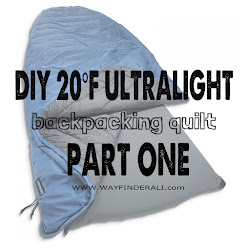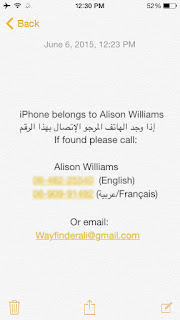**Please realize that I am not Muslim, and do not speak for Muslims, nor am I attempting to do so. This is my experience and relationship as an atheist western woman with an inherently religious Arabic word. **
It is my personal experience and belief that we in the West would benefit from the daily reminder of a word like Inshallah. I have come to really love the word, even though I am not Muslim. Before I get into how we could benefit from using this word in our own conversations, let's look at its meaning and context.
 Inshallah, translated literally, means 'God willing' or 'if God wills it.' It is meant to be used seriously, when you truly hope something will happen. An example of this use might be when speaking about a loved one who is ill.
Inshallah, translated literally, means 'God willing' or 'if God wills it.' It is meant to be used seriously, when you truly hope something will happen. An example of this use might be when speaking about a loved one who is ill.
In modern language, it is used in this way, as well as more liberally as punctuation and in jest. For example, if a child asks his parent if they can go to get ice cream, the parent might say inshallah (translation: probably not)
There are similar words in other languages. Spanish, for example has its own word that was borrowed from Inshallah- Ojalá. In the formal sense, it means God willing, informally it means hopefully.
My relationship with this word did not begin as rosy as it is now. When I lived in UAE and Oman, I flip flopped between being pissed off and emboldened by it.
It is my personal experience and belief that we in the West would benefit from the daily reminder of a word like Inshallah. I have come to really love the word, even though I am not Muslim. Before I get into how we could benefit from using this word in our own conversations, let's look at its meaning and context.
 Inshallah, translated literally, means 'God willing' or 'if God wills it.' It is meant to be used seriously, when you truly hope something will happen. An example of this use might be when speaking about a loved one who is ill.
Inshallah, translated literally, means 'God willing' or 'if God wills it.' It is meant to be used seriously, when you truly hope something will happen. An example of this use might be when speaking about a loved one who is ill.In modern language, it is used in this way, as well as more liberally as punctuation and in jest. For example, if a child asks his parent if they can go to get ice cream, the parent might say inshallah (translation: probably not)
There are similar words in other languages. Spanish, for example has its own word that was borrowed from Inshallah- Ojalá. In the formal sense, it means God willing, informally it means hopefully.
My relationship with this word did not begin as rosy as it is now. When I lived in UAE and Oman, I flip flopped between being pissed off and emboldened by it.

























